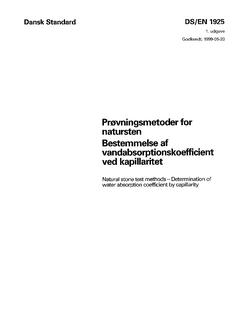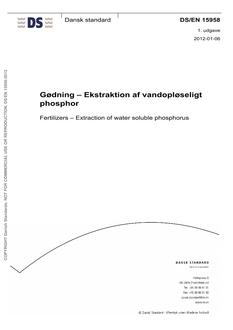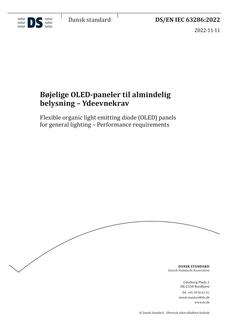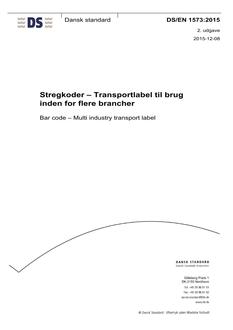-
-
Available Formats
- Availability
- Priced From ( in USD )
-
Available Formats
-
- Immediate download
- $60.00
- Add to Cart
-
- Printed Edition
- Ships in 1-2 business days
- $60.00
- Add to Cart
Customers Who Bought This Also Bought
-

DANSK DS/EN 1925
Priced From $38.00 -

DANSK DS/EN 15958
Priced From $38.00 -

DANSK DS/EN IEC 63286
Priced From $75.00 -

DANSK DS/EN 1573
Priced From $64.00
About This Item
Full Description
This document specifies a method for the detection of celery (Apium graveolens) in emulsion-type sausages (e.g. Frankfurter, Wiener). Real-time PCR (polymerase chain reaction) detection of celery is based on an 101 bp (base pair) sequence from the gene of the mannitol dehydrogenase (GenBank Acc. No. AF067082 ) of celery (Apium graveolens). The method has been validated on emulsion-type sausages (Bavarian “Leberkäse”) spiked with celery. For this purpose meat batter containing mass fractions of 50 % pork meat, 25 % pork fat, 23 % crushed ice and 1,8 % of a mixture of sodium chloride, nitrite, nitrate, phosphates and ascorbates was prepared according to a standard procedure for emulsion-type sausage. The meat batter was spiked with either ground celery seeds or celery root powder to 1000 mg/kg. Lower spiking levels were obtained by diluting with celery-free meat batter. The batter was stuffed into casings and heated at 65 °C for 60 min [1]. This document is intended to be used in addition to EN 15842 and FprEN 15634 1.
Document History
-
DANSK DSF/FPREN 15634-2
Foodstuffs – Detection of food allergens by molecular biological methods – Part 2: Celery (Apium graveolens) – Detection of a specific DNA sequence in cooked sausages by real-time PCR- Historical Version
-
DANSK DS/EN 15634-2
currently
viewing
Foodstuffs – Detection of food allergens by molecular biological methods – Part 2: Celery (Apium graveolens) – Detection of a specific DNA sequence in cooked sausages by real-time PCR- Most Recent





